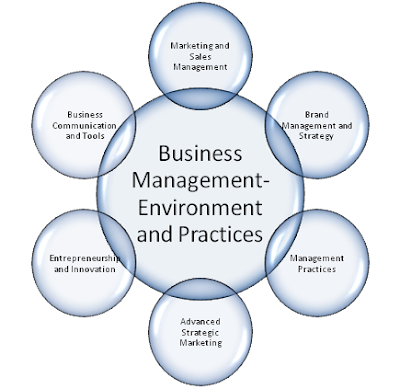
Management is the art of getting things done. A presentation is a fast and potentially effective methods of getting things done through other people. In managing any project presentation are used as formal methods for bringing people together to plan, monitor and review its purpose.
The objective of communication
The single most important observation that the objective of communication is not the transmission but the reaction.The whole preparation,presentation and content of speech must therefore be geared not to the speaker but to the audience.The presentation of a perfect project plan is a failure if the audience do not understand or are not persuaded of its merits.The main problem with this objective is the people to whom you are talking. The average human beings has a very short attention span and million other things to think about.The presentation should be to reach through this mental fog and to hold the attention long enough to make us point.
The plan
It is difficult to over estimate the importance of careful presentation.Five minute on the floor in front of senior manager could decide the acceptance of a proposal of several months duration for the manager and the whole team.With so much potentially at stake the presenter must concentrate not only upon the facts being presented but upon the style,pace, tone and ultimately tactics which should be used. As a rule of thumb for an average presentation no less than 1 hour should be spent in preparation for 5 minutes of taking.
Formulate objectives
The starting point of planning any speech is to formulate a precise objective.This should take the form of simple, concise statement of intent.No two objective will be served equally well by the same presentation and if we are not sure at the onset what we are trying to do,it is unlikely that our plan will achieve it.
Identify the audience
The next time is to consider the audience to determine how the best to achieve objectives in the context of these people.essentially this is done by identifying their aims and objectives while attending presentation.if we can somehow convince them they are achieving their aims while at the same time achieving our , we will find a helpful and respective audience.Such as if we are seeking approval for new product plan from senior management it is useful to know and understand their main objective.If they are currently worried about their product range is out of date and old fashioned, we would emphasise the innovative aspects of our new product.This principle of matching the audience aims, however goes beyond the simple salesmanship of an idea, it is the simplest and most effective manner of obtaining their attention ant the beginning.
Structure
All speeches should have a definite structure, a talk without a structure is a woolly mess. If we do not order our thought into a structured manner, the audience will not be able to follow them. Having established the aim of our presentation we should choose the most appropriate structure to be achieve it.However the structure must get into the way of the main message.




